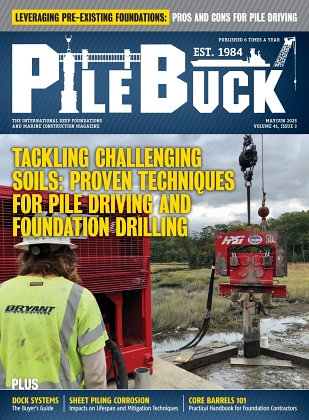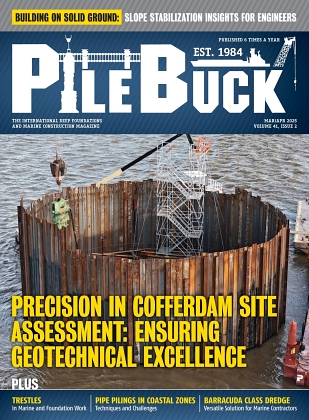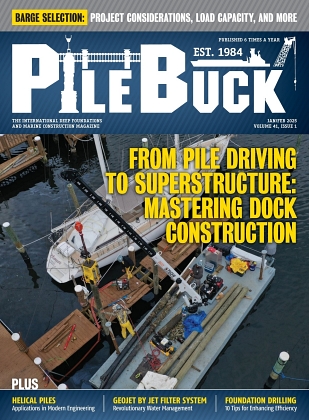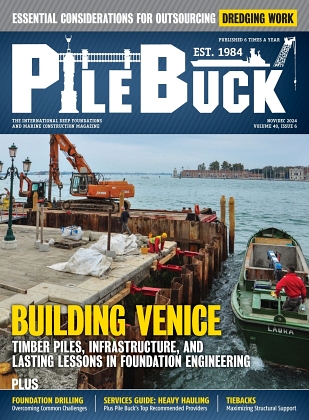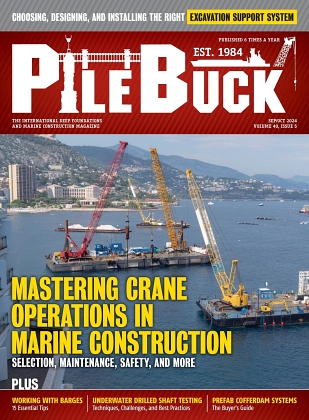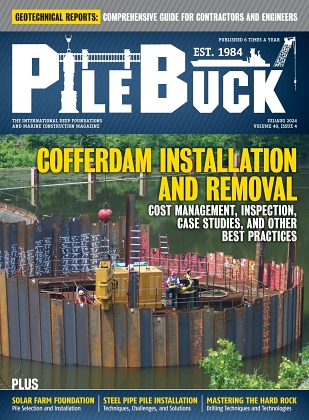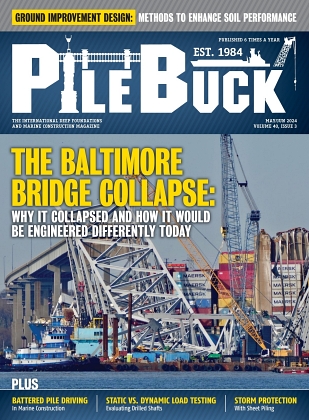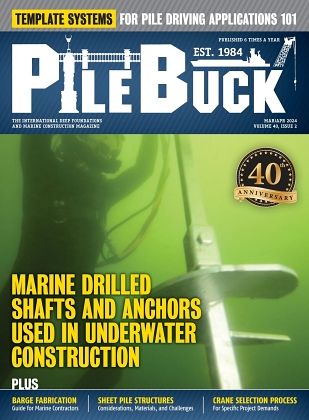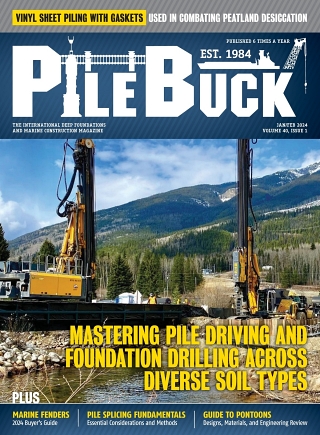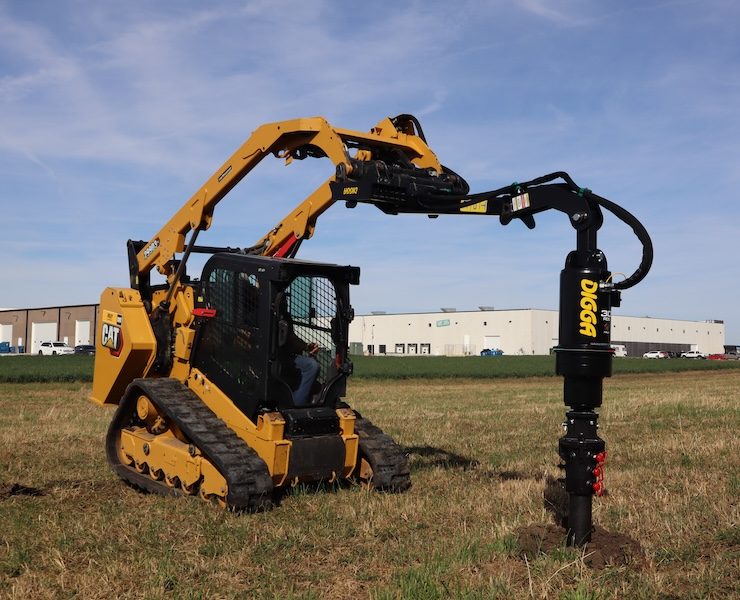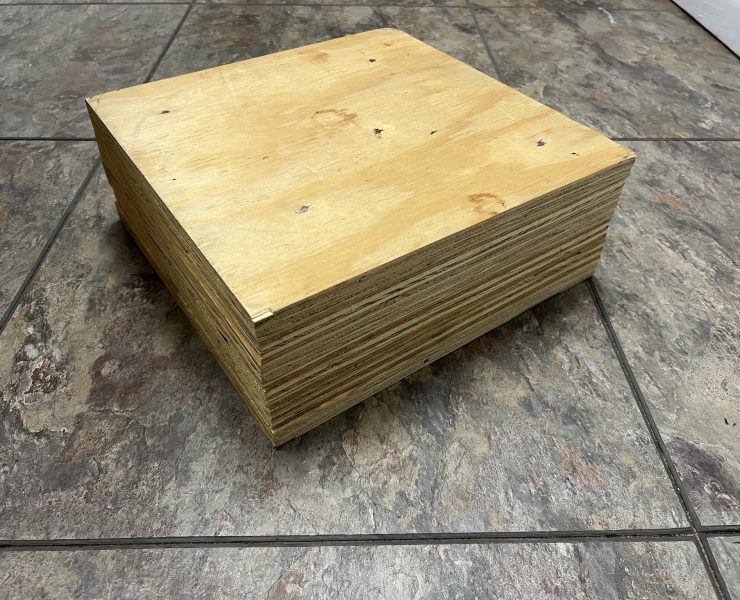Dewatering Strategies for Efficient Deep Foundation Excavations
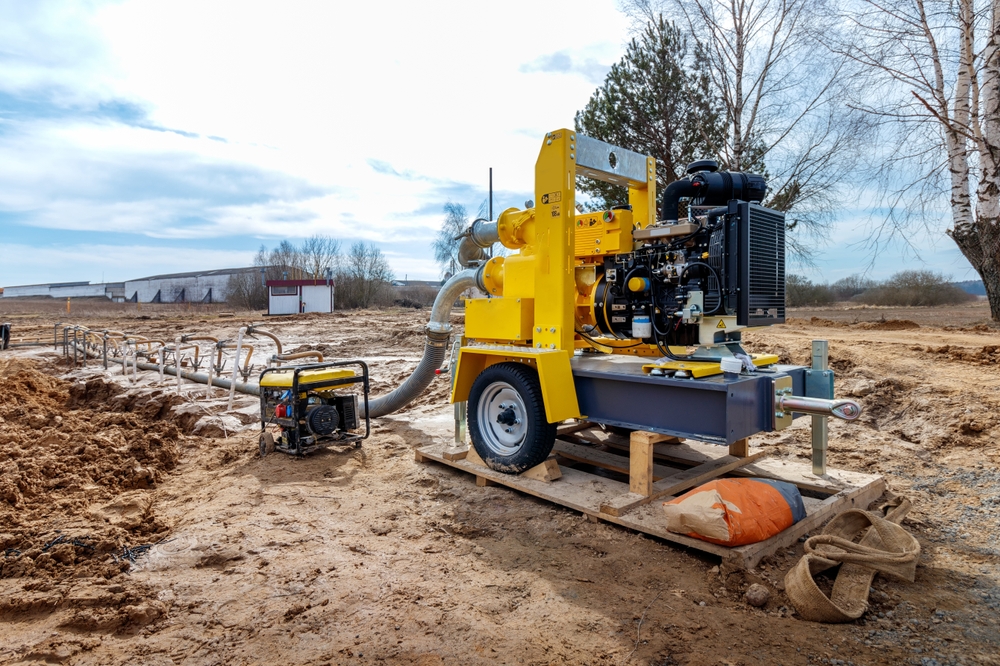

Groundwater management is one of the most critical challenges in deep foundation construction. Excess water can weaken soils, delay work, and create unsafe conditions. Proper dewatering ensures stability, keeps the excavation dry, and allows crews to reach the required depth safely and efficiently.
This article explains the importance of dewatering, outlines common methods used on site, and highlights key considerations for achieving efficient groundwater control.
The Importance of Dewatering
When working below the natural water table, groundwater tends to flow into excavations through permeable soils. This water not only makes excavation difficult but also reduces the bearing capacity of the soil.
The main goals of dewatering are to lower the groundwater level and maintain soil strength. By keeping the working area dry, contractors can excavate to the required depth, install piles or caissons safely, and prevent slope instability or excessive settlement around the site.
A properly planned dewatering system improves safety, shortens construction schedules, and ensures better long-term performance of the foundation.
Understanding Site Conditions
The choice of dewatering method depends entirely on site conditions. Soil type, permeability, depth of excavation, and groundwater behavior determine how the system should be designed.
Before starting work, engineers typically perform a hydrogeologic investigation. This may include borehole testing, piezometer readings, and pump tests to understand groundwater flow and pressure.
In sandy or gravelly soils with high permeability, groundwater moves quickly and requires more powerful pumping systems. In contrast, silty or clayey soils drain slowly and may need localized solutions. Understanding these factors early helps select the most efficient and cost-effective method.
Common Dewatering Methods
1. Wellpoint Systems
Wellpoints are one of the most common methods for lowering groundwater in shallow to medium-depth excavations. A wellpoint system consists of a series of small-diameter wells connected to a header pipe and a vacuum pump.
The system draws groundwater through suction, lowering the water table by roughly 5–6 meters (16–20 feet). For deeper excavations, multiple stages can be installed. Wellpoints are especially effective in sandy or fine-grained soils that drain easily.
Their modular design allows for quick setup, making them a practical choice for trenching, utilities, and foundation work.
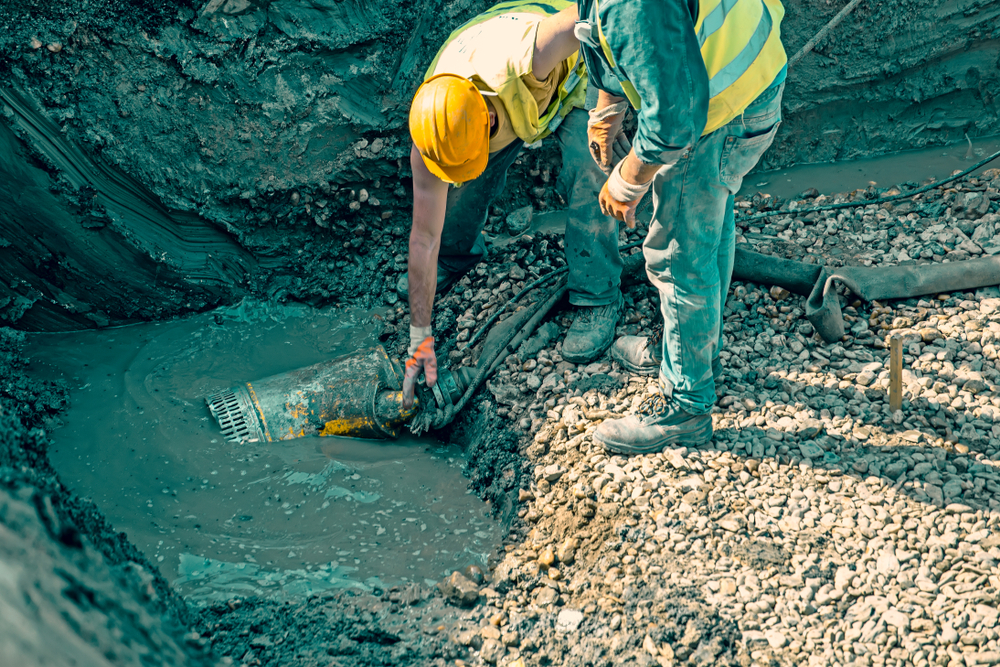
2. Deep Wells
For deeper excavations, deep well systems are often preferred. Each well contains a submersible pump that continuously removes groundwater and discharges it away from the site.
Deep wells can handle large flow rates and are suitable for excavations exceeding the suction limit of wellpoints. They perform best in highly permeable soils, where consistent drawdown is required over a large area.
This method is commonly used in bridge foundations, shafts, and power plant projects where long-term pumping is needed.
3. Eductor (Jet) Systems
Eductor systems, sometimes called ejector systems, are used in low-permeability soils such as silts and clays. Instead of relying on suction, they use high-pressure water circulated through eductor nozzles to create a vacuum that lifts groundwater.
Although more energy-intensive, they are effective where conventional pumping systems cannot maintain the desired drawdown. This makes them suitable for deep basements, tunnels, and confined excavations where space and access are limited.
4. Sump Pumping
Sump pumping is the simplest dewatering method. Water is allowed to collect in low areas (sumps) within the excavation, and portable pumps remove it periodically.
It is cost-effective for short-term or small-scale projects. However, this approach is best used for minor inflows or as a supplementary measure since uncontrolled flow can cause soil erosion or instability.
Designing an Efficient Dewatering Plan
A successful dewatering plan depends on careful design and continuous monitoring.
1. Determine the required drawdown. The target groundwater level should be low enough to allow construction but not so low that it risks over-drying or settlement.
2. Monitor water levels. Observation wells and piezometers help track performance and detect unexpected inflows. Regular monitoring ensures the system operates safely and efficiently.
3. Manage discharge responsibly. Water pumped from the site often carries sediments. Before discharge, it should pass through settlement tanks or filters to meet environmental standards.
4. Maintain backup systems. Pumps and power sources should have standby units available. Unexpected failures can quickly flood an excavation and cause costly delays.
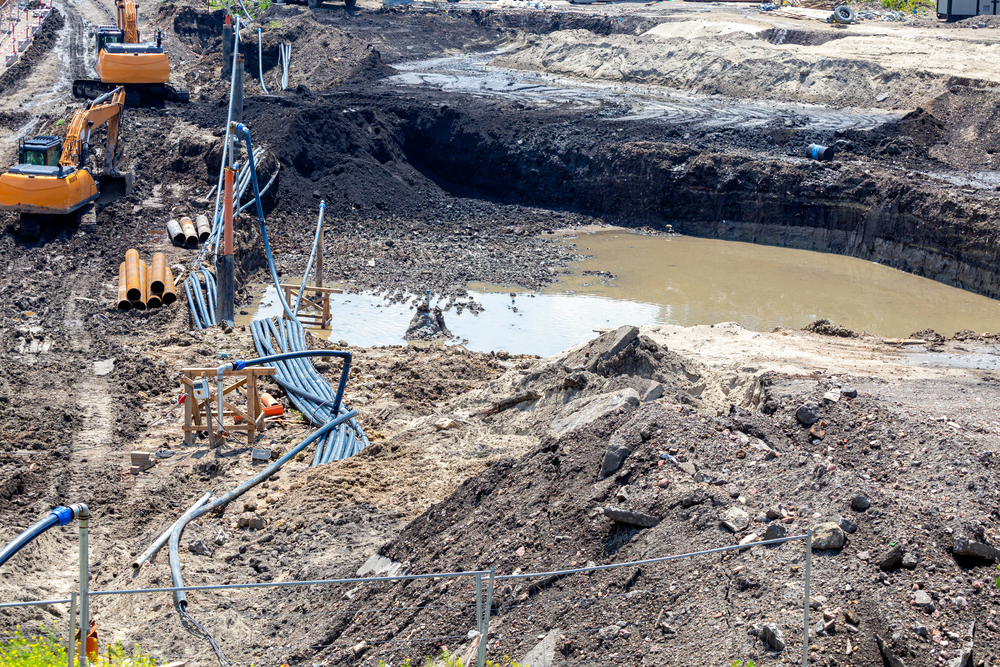
Environmental and Safety Considerations
Dewatering affects more than just the excavation site. Lowering the groundwater table can cause settlement or impact nearby wells and vegetation. Engineers must assess potential environmental effects before installation and include mitigation measures such as recharge wells or controlled pumping rates.
On-site safety is equally critical. Electrical systems must be properly grounded, hoses and discharge lines securely fastened, and excavations protected against collapse. Continuous supervision ensures compliance with safety standards and environmental regulations.
Advancements in Dewatering Technology
Recent developments have made dewatering systems more efficient and easier to manage. Many modern pumps feature monitoring sensors that record flow rates, pressure, and operating hours. Data from these sensors helps optimize performance and reduce energy consumption.
Remote monitoring also allows project managers to track dewatering systems in real time, reducing the need for manual inspection and helping identify issues before they escalate.
Selecting the right dewatering technique—based on soil type, depth, and groundwater conditions—ensures both technical and environmental success. With continuous monitoring and responsible discharge practices, contractors can achieve dry, stable working conditions and prevent costly disruptions.



